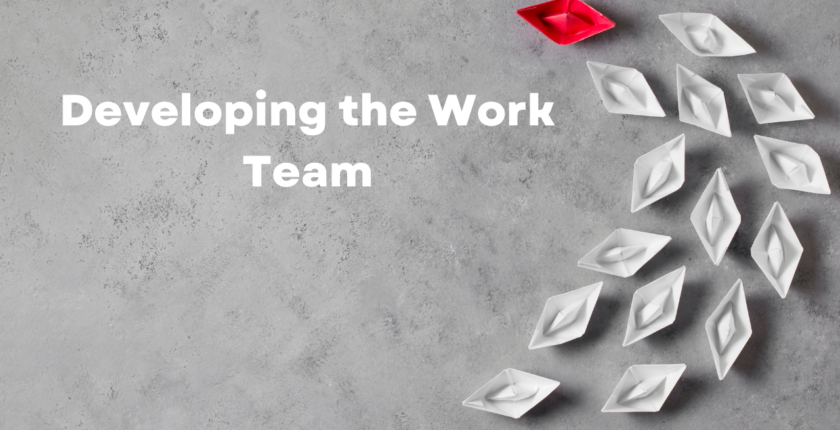Did you enjoy our articles?
Click the order button below to get a high-quality paper.
You can talk to the writer using our messaging system and keep track of how your assignment is going.
Order Now / اطلب الان
To achieve organisational goals, most organisations rely on effective and efficient teamwork. Through this nationally recognised qualification, individuals can examine their skills, personality traits, and challenges when working in teams and discover how they can enhance their contributions to the team and the organisation. Team members who wish to learn about team dynamics and how to operate in a team environment, as well as newly recruited team members.
The team leader qualification is designed for new or aspiring team leaders. It provides an in-depth look at the role and responsibilities of a team leader.
A team refers to a group of people who are joined together to achieve a common goal within a specified period, assuming collective accountability. This team operates under the slogan “one for all and one for all”. Besides sharing information, the members of the team also share responsibility for the team task. It is always the team’s responsibility to deliver the work (i.e. the results of the collective efforts of the members).
The words ‘team’ and ‘group’ are, for the most part, interchangeable – at least most people do. Groups and teams, however, differ in several important ways. For example, our group is a group of football players, not a football team – or we are a group of special interests, not a team of special interests. There are subtle differences, but those differences do exist, and we should be aware of them.
The primary difference is that a team’s effectiveness or focus relies on the commonality of their purpose and how individuals are interconnected. Another way to form a group is to have many people or a cohesive willingness to work on a typical project, such as political reform.
Despite their subtle differences, it is essential to remember that a group is a collection of individuals who form a unit for a particular goal. At the same time, a team is a group of accomplished individuals who accomplish a specific goal. Taking these words a step further and looking at a workgroup and team reveals how subtle these differences are.
Companies prefer to work in teams rather than individually to produce better quality results, more complete and more creative solutions. When employees with different backgrounds and perspectives discuss the pros and cons of alternative solutions, the best possible solution usually wins out. In addition, the team members can work together to enhance the impact of the best solution through continued collaboration.
Additionally, to better quality, well-managed workplace teams often deliver better results, too. When team members are accountable for each other, they are more likely to be efficient in their work. When employees within work teams set their personal goals in concert with team goals, they can create a friendly competitive environment and use peer pressure to motivate one another to meet goals.
The path toward better solutions is often characterised by more conflict in work teams than between individual employees in the same office. Generally, work teams are established to encourage more ideas and foster a culture of debate. However, due to more natural disagreements, tension and frustration can enter the mix, resulting in interpersonal conflict among employees.
To maintain effective team functioning over time, employees need to resolve conflicts quickly and move past them. The managers of teams may have to refrain from trying to “pull their weight” since they are not the line supervisors of many of the other team members.
Per each model, the purpose of each type of work team justifies their creation.
Members of this work team are assigned to a single manager, whose responsibility is to manage the entire group.
The examples we will give illustrate how common it is in companies with rigid hierarchies such as Accounting, HR, Maintenance and other specialised departments.
As a result, the work team comprises members from different areas of activity and have the same hierarchical level.
In a multidisciplinary team, each area represented by members contributes to the knowledge of others, resulting in more creative and comprehensive solutions.
Such teams could be committees or councils that bring members from multiple departments together to solve specific problems, such as a Sustainability Committee, or they could be strategic, such as the Boards of Directors of companies.
Organisations employ teams like these to identify ways to solve problems that are harming them and improve processes accordingly.
As the team determines the causes of problems, the solutions are sent to the departments responsible, as this type of team does not implement the solutions it suggests.
In order to provide team leaders and supervisors with practical tools to assist in team supervision, this programme helps them distinguish between the critical differences between working within and supervising a team.
Attendees will participate in interactive workshops that use facilitated discussions, presentations, case studies, and group work. Workshops encourage the development of reflective thinking, and delegates are encouraged to apply what they have learned in their workplace.
Related Articles:
Click the order button below to get a high-quality paper.
You can talk to the writer using our messaging system and keep track of how your assignment is going.
Order Now / اطلب الان
